From Pantry to Plate: Mastering the Art of Canning Chicken Breast and Broth for Flavorful and Convenient Meals
Canning is a fantastic method for preserving food, ensuring its long-term shelf life while maintaining its flavor and nutritional value.
In this article, we delve into the world of home canning and explore the process of canning boneless chicken breast and chicken broth. Join us as we learn how to create a pantry stocked with tender chicken breast and flavorful broth, ready to elevate your favorite recipes with convenience and deliciousness.
Canning Boneless Chicken Breast Recipe:
Ingredients:
- - 42 pounds boneless chicken breast
- - 1 tablespoon hot water per jar
Instructions:
1. Begin by preparing your canning equipment. Wash and sterilize the canning jars, lids, and rings according to the manufacturer's instructions.
2. Cut the boneless chicken breast into suitable-sized pieces, ensuring they fit comfortably into the jars.
3. In each sterilized jar, add 1 tablespoon of hot water. This helps create steam during the canning process.
4. Pack the prepared chicken breast tightly into the jars, leaving a 1-inch headspace at the top.
5. Wipe the jar rims clean to ensure a proper seal, place the lids on top, and secure them with the rings.
6. Place the filled jars in a pressure canner according to the canner's instructions.
7. Process the jars at the recommended pressure and time for canning meat. Follow the guidelines provided by your canner or consult a reliable source for specific instructions.
8. Once the processing time is complete, carefully remove the jars from the canner and let them cool on a heat-safe surface.
9. As the jars cool, you may hear the satisfying "pop" sound of the lids sealing, indicating a successful canning process.
10. Label and date the jars, and store them in a cool, dark place. Properly canned chicken breast can last for up to a year or more.
Canning Chicken Broth Recipe:
Ingredients:
- - 10 pounds chicken with bones (such as chicken backs, necks, or carcasses)
- - Water
Instructions:
1. In a large stockpot, place the chicken pieces and cover them with water, ensuring they are fully submerged.
2. Bring the water to a boil over medium-high heat, then reduce the heat to low.
3. Simmer the chicken for several hours, allowing the flavors to develop and the broth to become rich and flavorful. Skim off any impurities or foam that rises to the surface.
4. Once the broth has reached the desired flavor, strain it through a fine-mesh sieve or cheesecloth to remove any solids.
5. Allow the broth to cool completely.
6. Prepare your canning jars by washing and sterilizing them.
7. Fill the sterilized jars with the cooled chicken broth, leaving a 1-inch headspace at the top.
8. Wipe the jar rims clean, place the lids on top, and secure them with the rings.
9. Process the filled jars in a pressure canner according to the recommended guidelines for canning broth. Follow the instructions provided with your canner or consult a trusted source for specific instructions.
10. Once the processing time is complete, carefully remove the jars from the canner and let them cool on a heat-safe surface.
11. As the jars cool, listen for the satisfying "pop" sound of the lids sealing, indicating a successful canning process.
12. Label and date the jars, and store them in a cool, dark place. Properly canned chicken broth can last for up to a year or more.
Canning chicken breast and broth is an excellent way to stock your pantry with versatile ingredients that can be used in a variety of recipes.
By preserving boneless chicken breast and flavorful broth, you'll have the convenience of readily available protein and a rich base for soups, stews, sauces, and more. Embrace the rewarding process of home canning as you fill your shelves with delicious, home-preserved goodness that will enhance your meals and provide a sense of accomplishment.




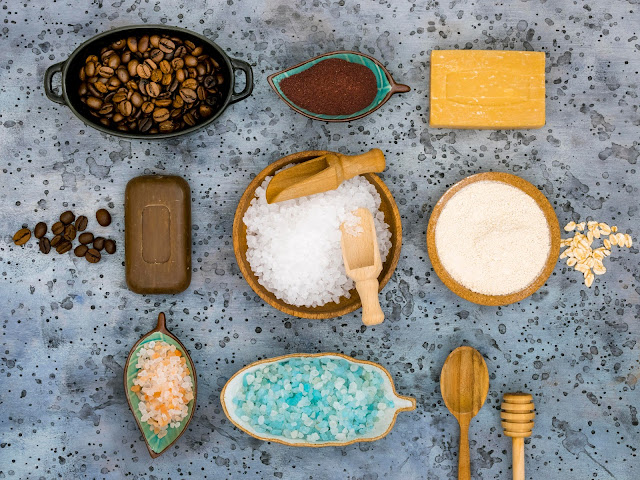

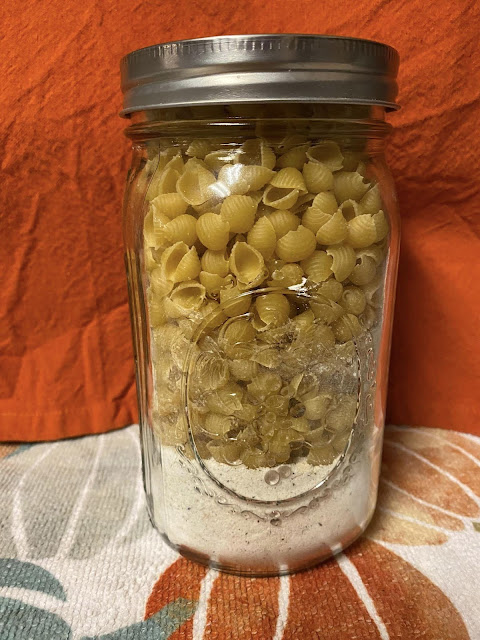




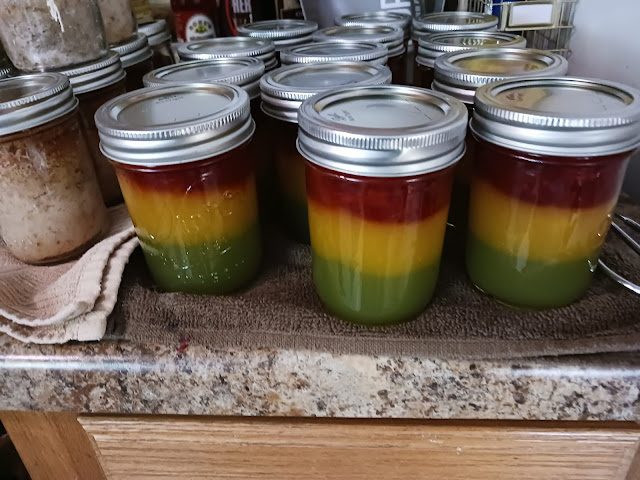

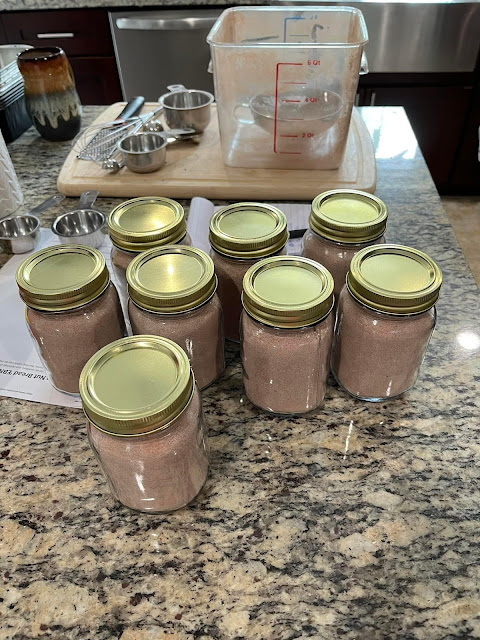
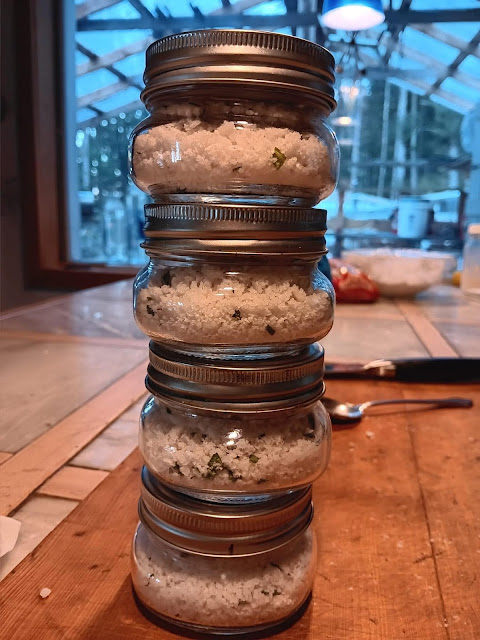
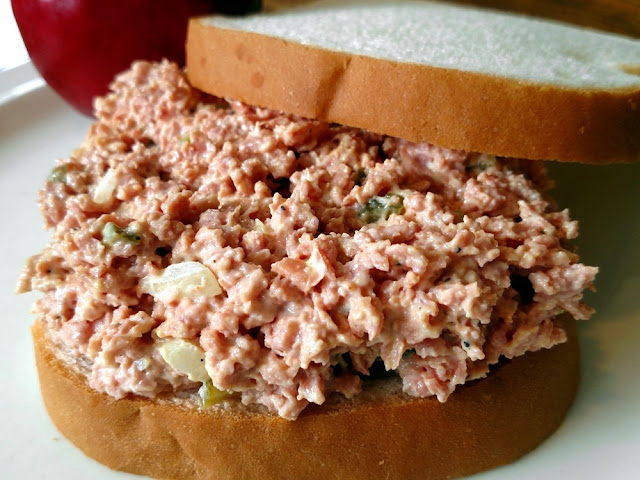
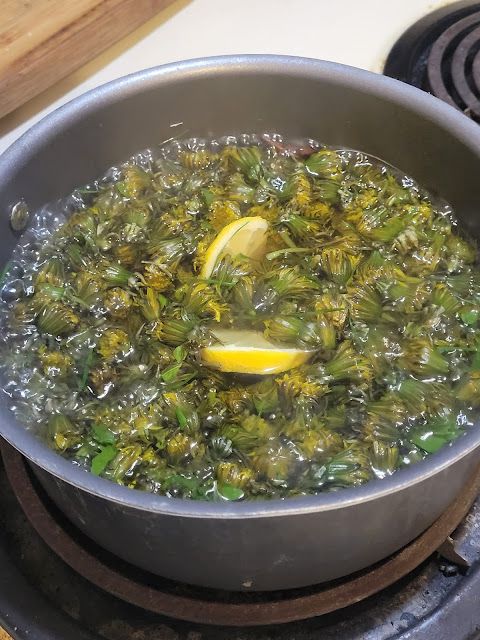



Comments
Is this recipe any different for dark meat chicken?
ReplyDelete